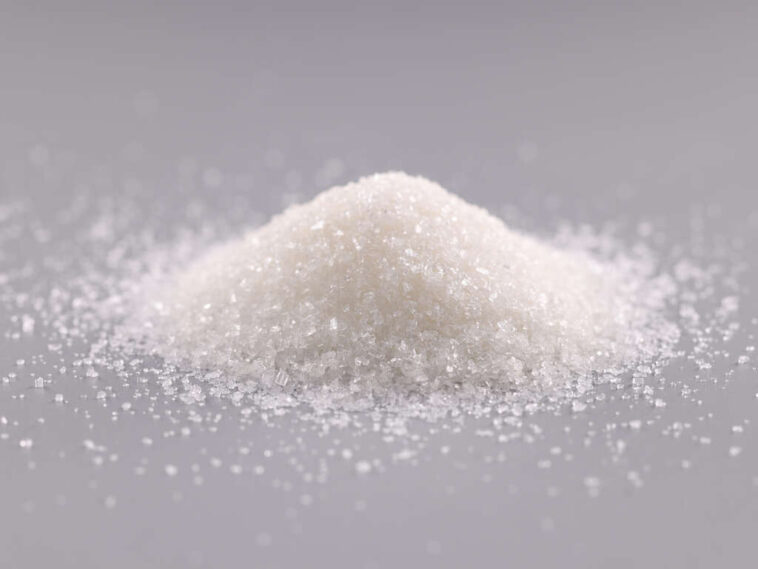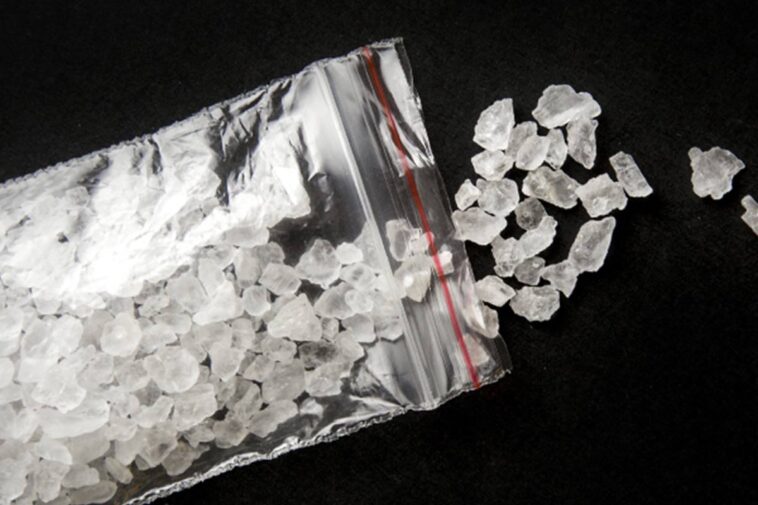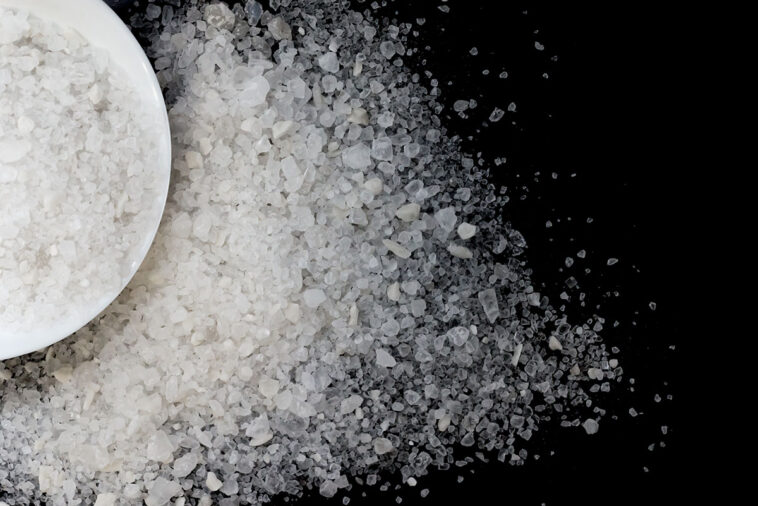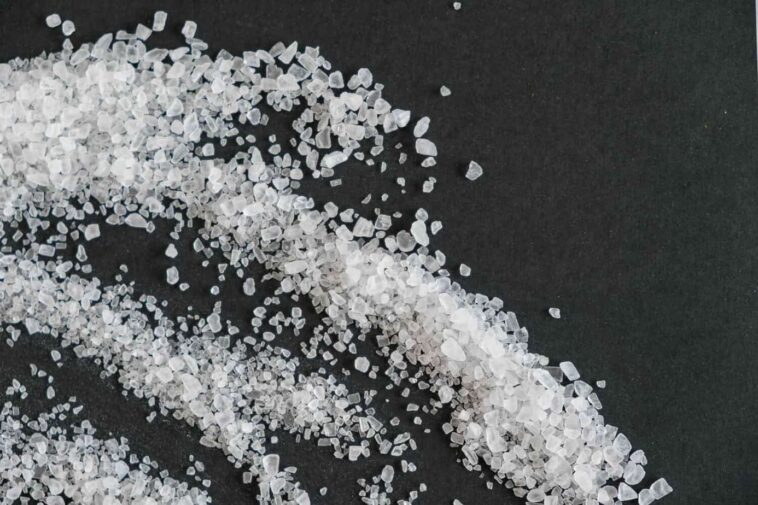Despite the innocence in their name, synthetic narcotics known as “bath salts” are notorious for being deadly and perhaps addicting. It’s vital to remember that bath salts don’t necessarily relate to genuine bath goods in this context. Instead, they are medications intended to mimic the effects of stimulant drugs like cocaine and amphetamines.
In this article, we’ll answer questions like, what are bath salts, how are they made, and are there any dangers of using them. We’ll also touch on the laws surrounding them, famous cases, and the value of prevention and treatment.
Definition and Composition

In the drug class of synthetic cathinone, which stimulates the central nervous system, bath salts are included. They often resemble Epsom salts or other bath additions and are white or off-white crystalline particles. Bath salts come in various chemical formulations and can be ingested, breathed, injected, or snorted. To get over legal constraints, they are typically marked as “not for human consumption.”
Historical Background
In the early 2000s, bath salts were popular as legal narcotics, promoted as “research chemicals” or “plant food.” This marketing plan allowed them to be sold and distributed by taking advantage of legal weaknesses. However, regulatory measures were put in place in many nations to limit their production and distribution because of their increasing potential for abuse and related health hazards.
Effects and Risks

Bath salts are sought after for their stimulant qualities, which include heightened sensory perception, euphoria, and increased energy. Bath salt effects, however, can be exceedingly unpredictable and harmful.
Severe agitation, paranoia, hallucinations, a rapid heartbeat, elevated blood pressure, and overheating are among the immediate hazards. Cardiovascular concerns, kidney damage, and psychological problems like anxiety, sadness, and psychosis can all be long-term dangers.
Legal Standing
Bath salts’ legal standing has changed due to its negative consequences. While some nations have enacted more comprehensive legislation to address their manufacturing and distribution, others have prohibited certain synthetic cathinone.
The difficulty, meanwhile, is keeping up with the continual appearance of new chemical compositions intended to get beyond restrictions already in place.
Notable Cases and Incidents

The usage of bath salts in high-profile incidents has attracted much attention. Bath salt intoxication has been connected to intense agitation, violence, and self-destructive behavior. Because of how the media has covered these occurrences, the general public now views bath salts as extremely risky and unpredictable chemicals.
Prevention and Treatment
Addiction to bath salts is frequently treated with a mix of behavioral therapy, psychotherapy, and support groups. Proactive measures must stop the abuse of bath salts. It is crucial to inform the public about the dangers of bath salts, especially young people. To encourage safe drug use and give opportunities for getting treatment, healthcare professionals, community organizations, and schools should actively participate in awareness programs.
Conclusion
Bath salts are artificial cathinone that carry serious dangers for their users. Despite their deceptive name, these chemicals have had disastrous effects and countless health crises.
For prevention and early intervention, it is essential to know the risks of bath salts. The issue must be addressed by strengthening legislation, raising public awareness, and increasing therapeutic options. Together, we can fight bath salt usage and shield people from the negative impacts of these toxic drugs.





